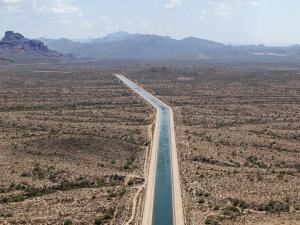
The Arizona Colorado River Visualization Enterprise (CuRVE) is an interactive tool for exploring how Colorado River supplies are used in Arizona, the impacts of Colorado River shortage and water users' options for responding to future cuts in supply.






